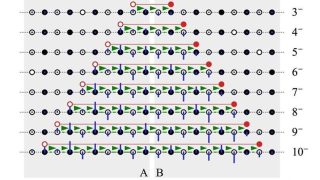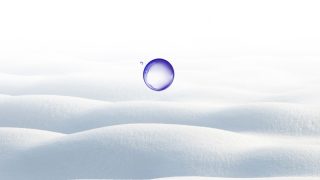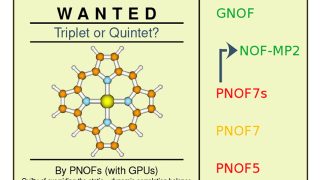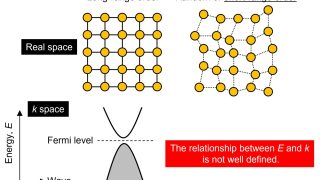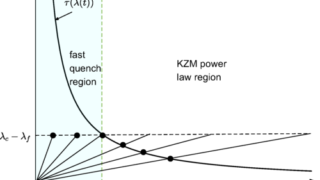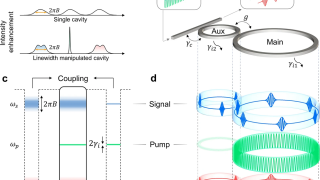
Parity-time symmetry for faster and stronger optical signal processing
In the era of big data, signal processing faces significant challenges in terms of capacity and energy consumption due to the torrent of data to process. With over 90% of data transmitted through light, optical signal processing may offer unprecedented speed and energy efficiency compared to its electronic counterparts, as it operates without the need […]
